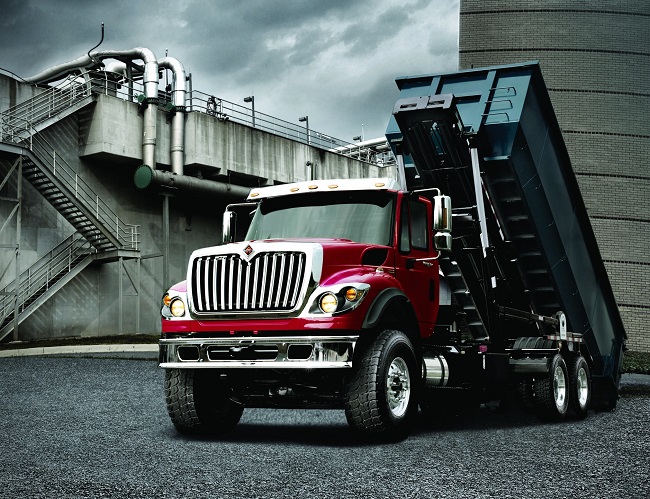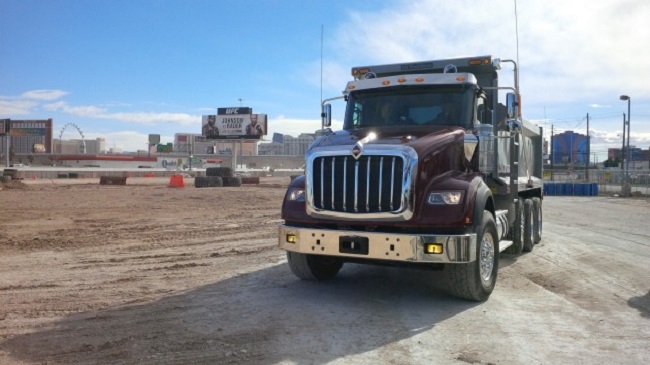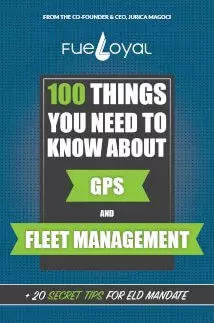So what does this have to do with medium duty trucks, you ask? The simple answer is: -Everything. Every good size fleet needs to have a good variety of vehicles and trailers available to assist their client’s needs. Typically a carrier will specialize in one service or another, but should be flexible to handle other request.
Now, the Department of Transportation’s Federal Highway Administration (FHWA) has classified trucks based on their Gross Vehicle Weight Rating (GVWR). The United States Environmental Protection Agency (EPA) also has their own classifications, based on the emissions rating for trucks. Then there are the state and local regulations regarding trucks.
In the United States there are officially 8 different classifications for trucks. The basic ratings for Medium Duty Trucks are:
- Class 4, the Class 4 truck (GVWR) is between 14,001–16,000 lb (6351–7257 kg).
- Class 5, the Class 5 truck (GVWR) is between 16,001–19,500 lb (7258–8845 kg).
- Class 6, the Class 6 truck (GVWR) is between 19,501–26,000 lb (8846–11793 kg).

Source: www.equipmentworld.com
Typically you don’t need a special commercial driver’s license (CDL) or the Department of Transportation (DOT) physical to operate vehicles that fall in this classification. But, it also depends on what the truck will be used for, the laws do vary by state. So always check and keep up to date on the various applicable laws and regulations, not just at the federal level, but for each individual state you operate in.






